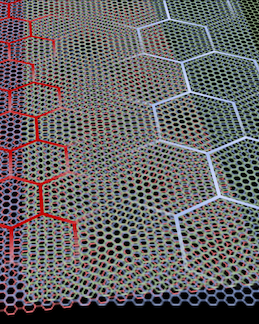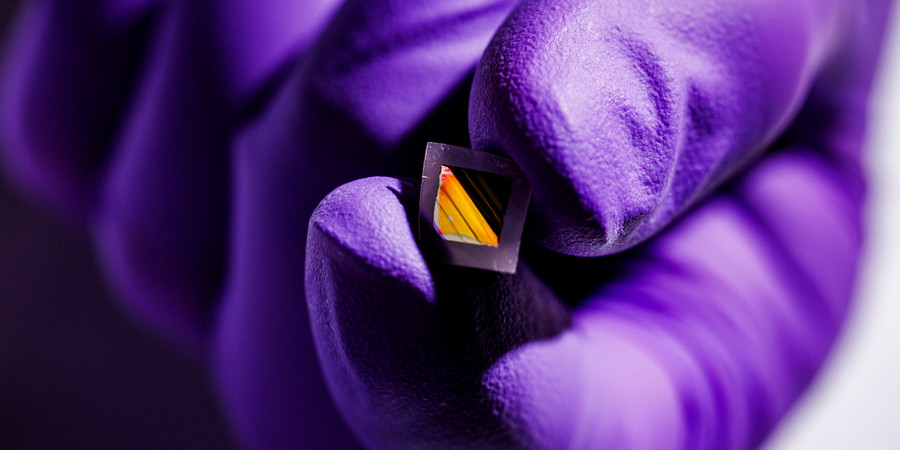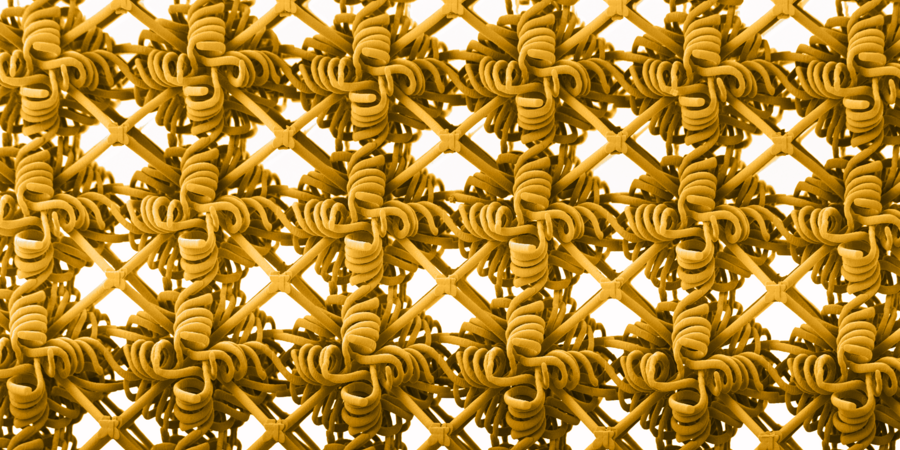October 11, 2023
In research that could jump-start interest into an enigmatic class of materials known as quasicrystals, MIT scientists and colleagues have discovered a relatively simple, flexible way to create new atomically thin versions that can be tuned for important phenomena. In work reported in a recent issue of Nature, they describe doing just that to make the materials exhibit superconductivity and more.
The research introduces a new platform for not only learning more about quasicrystals, but also exploring exotic phenomena that can be hard to study but could lead to important applications and new physics. For example, a better understanding of superconductivity, in which electrons pass through a material with no resistance, could allow much more efficient electronic devices.
The work brings together two previously unconnected fields: quasicrystals and twistronics. The latter is the specialty of Pablo Jarillo-Herrero, the Cecil and Ida Green Professor of Physics at MIT and corresponding author of the new Nature paper, whose “magic-angle” graphene breakthrough in 2018 jump-started the field.
Complete article from MIT News.
Explore
III-Nitride Ferroelectrics for Integrated Low-Power and Extreme-Environment Memory
Monday, May 5, 2025 | 4:00 - 5:00pm ET
Hybrid
Zoom & MIT Campus
New Electronic “skin” could Enable Lightweight Night-vision Glasses
Jennifer Chu | MIT News
MIT engineers developed ultrathin electronic films that sense heat and other signals, and could reduce the bulk of conventional goggles and scopes.
MIT Engineers Print Synthetic “Metamaterials” that are Both Strong and Stretchy
Jennifer Chu | MIT News
A new method could enable stretchable ceramics, glass, and metals, for tear-proof textiles or stretchy semiconductors.




